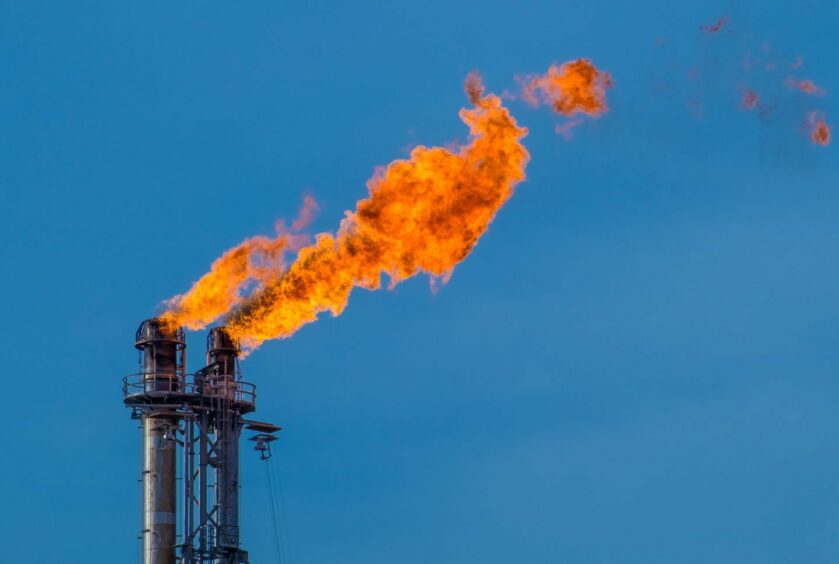
While uncertainty persists around the adoption of zero-carbon energy sources, the significance of natural gas as a bridging fuel continues to strengthen.
While it remains a key element of the energy mix, it’s essential that that emissions across the upstream and downstream sectors are minimised to support climate goals. Monitoring and reducing methane intensity is critical to surpassing the Oil and Gas Climate Initiative (OGCI) target of reducing methane emissions to well below 0.20% by 2025.
Whilst the amount of gas produced is a measurement of financial value, additional factors such as methane emissions are often overlooked. Accurately measuring methane emissions can both enhance reduction efforts and guide mitigation strategies.
Without precise measurements of emissions at installation sites, our attempts at emission reduction rely on models that are, at best, approximate. While investments in refining models are ongoing, their outputs necessitate validation through first-hand data. Knowledge of actual facility emissions enables us to establish meaningful intensity metrics.
The primary contributors to methane emissions on installations, such as flares, vents, and incomplete combustion, are well understood. Focusing on eradicating routine flaring can notably cut emissions from the UK offshore industry. In tandem, it is also essential to address smaller fugitive emissions, which, though less impactful, offer more straightforward avenues for rectification. As emissions’ intensity from primary sources decreases, the proportion of fugitive leaks in the total emissions mix will rise.
Neptune Energy has set a commendable target of 0.015% methane intensity by 2025. Achieving this goal requires precise measurement and an intricate grasp of methane sources on installations. This understanding emerges through a synergy of models, source-level monitoring, and full site measurements. To support this drive, enhanced models should be developed and validated against on-site measurements, with a focus on correlating these findings to minimise uncertainty across contributing components.
Currently, verifying methane reporting remains a pivotal concern. Historical data shows discrepancies between reported and actual methane emissions, underscoring the necessity for continued measurement to enhance and authenticate models.
While Optical Gas Imaging (OGI) cameras are adept at detecting leaks, quantifying emission rates poses a challenge. With emission quantification levels of approximately 10 g/hr, determining whether to assign 10 g/hr or 0 g/hr in the absence of observed emissions is a choice to be made.
Incorporating more accurate methods, such as IKM’s MEQ service, ensures greater accuracy in attributing emission values to system components. While the impact of each component is modest, their cumulative effect over thousands of sources on an installation is substantial. This cumulative effect will influence the overall reported emissions and our comprehension of their composition.
Methane intensity of production stands as a critical metric in evaluating new North Sea fields. By leveraging advanced process systems, new installations can achieve methane intensity well below target from inception. This approach paves the way for retiring older, emission-heavy installations that aren’t amenable to modification.
Additionally, it positions us to supply the global gas market with an industry-leading emission profile and reduces reliance on liquefied natural gas (LNG) supplies. While LNG offers supply chain flexibility, its emissions are inherently higher than those of gas produced directly from the North Sea which makes its way into the European gas network via pipes.
As an industry, it is essential we meet the energy demands of the global economy with a pragmatic, comprehensive approach. As offshore wind grapples with rising costs and constraints, traditional hydrocarbons must bridge this gap, with minimal environmental impact.
However, achieving this objective is contingent on minimising emissions upstream in the gas supply chain. This entails correlating precise models with on-site measurements to create a holistic strategy that propels us towards a more sustainable energy future.
Recommended for you
